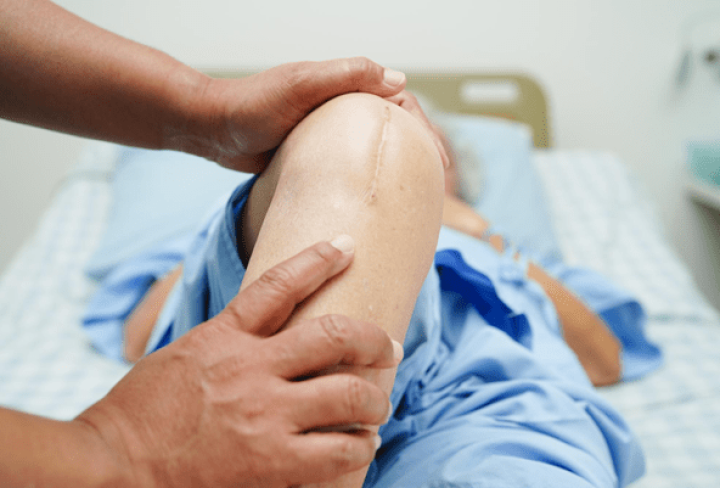Unicompartmental knee arthroplasty (UKA), also known as partial knee replacement, has emerged as a preferred choice over total knee replacement (TKR) for individuals with localized knee arthritis. This surgical procedure focuses on replacing only the damaged part of the knee joint, preserving healthy tissue and ligaments.
Understanding Unicompartmental arthroplasty:
Unicompartmental arthroplasty involves replacing either the medial (inner), lateral (outer), or patellofemoral (behind the kneecap) compartment of the knee joint with a prosthetic implant. Unlike TKR, which replaces the entire knee joint, UKA is a more conservative approach aimed at addressing localized arthritis while preserving as much of the natural knee anatomy as possible.
Benefits of Unicompartmental Arthroplasty:
1. Preservation of Healthy Tissue: By targeting only the affected compartment, UKA spares healthy ligaments and bone, potentially leading to better long-term outcomes and future treatment options.
2. Quicker Recovery: The procedure typically involves less trauma to the knee, resulting in faster recovery times and quicker return to normal activities compared to TKR.
3. Improved Range of Motion: Patients often experience enhanced knee flexibility and function following UKA, allowing for better mobility and reduced pain during daily activities.
4. Reduced Complications: Since UKA is less invasive than TKR, it generally carries a lower risk of complications such as infection and blood clots.
Who is a Suitable Candidate for UKA?
Ideal candidates for UKA generally exhibit the following characteristics:
- Localized Arthritis: Arthritis mainly affecting one compartment of the knee, such as the medial or lateral compartment.
- Moderate Activity Level: Individuals who are relatively active and desire to maintain their lifestyle after surgery.
- Intact Ligaments: Presence of intact ligaments surrounding the knee joint, crucial for joint stability and function.
Recovery and Rehabilitation:
Following surgery, patients undergo a structured rehabilitation program including physical therapy exercises to strengthen knee muscles, improve range of motion, and support optimal recovery. Most patients can resume light activities within weeks and gradually increase their activity level under medical supervision.
By preserving healthy tissue and supporting faster recovery times, UKA provides a valuable treatment option that enhances mobility and quality of life. If you are considering UKA or experiencing knee pain, consult with an orthopedic specialist to determine if this procedure is right for you. With proper care and rehabilitation, UKA can help you regain function and enjoy a more active lifestyle.


